Lighting is vital for successful operation of any business
Linear suspension lighting is embraced by commercial open offices, private offices, conference rooms, educational facilities and libraries in a huge way. In the commercial context, lighting is one of the best, and the most effective, ways to improve the environment. Quality, flexibility and efficiency are the key considerations of overhead lighting solutions for these spaces. Creating a stimulating, inspiring and productive space can often seem like a daunting task when you don’t know where to begin. The challenge is that office and commercial lighting design must be cohesive and enhance visual performance and visual satisfaction in different types of spaces that coexist under one roof.
Linear pendant lights bring good visibility into workplaces
Linear suspension lighting rises to the challenge. Its enormous diversity of variants offers the most flexibility to cope with widely varied lighting requirements and architectural constraints. Although they hang down from the ceiling and stand out in the field of view, linear pendant lights for office lighting are often more about function and architectural integration than style. Linear suspension lighting creates optimal visual conditions while emphasizing sleek designs and clean lines to create a fixture aesthetic that never goes out of style. Pendants can be designed to provide both task and ambient lighting. All possible light distribution patterns, from sharp to wide distribution, as well as asymmetric, can be created with LED linear suspension lighting. They can be suspended individually or joined to make a continuous lighting system. When they are used as ambient light fixtures, additional ceiling height for clearance is required.
Fluorescent lighting is awful
Linear suspension lighting had been an exclusive province of fluorescent technology. Fluorescent lighting, however, is an awful technology. It has nothing good when it comes to light quality. To improve luminous efficacy of radiation (LER), fluorescent lamps produce significantly poorer color rendering than incandescent lamps and often have a correlated color temperature (CCT) that indicates an excessively high blue content in its spectral power distribution (SPD). Unbalanced amounts of light in different parts of the spectrum lead to color distortion and unpleasant appearance of white light. Although not apparent to the naked eye, the high-frequency flicker produced by fluorescent lamps can cause headaches or even seizures in extreme cases. Fluorescent lamps have limited switching cycles and high frequency switching can accelerate the aging of the lamp. These inconveniences compromise lighting controllability. Lighting controls are the key enabler of greater energy savings and new lighting applications.
Solid state lighting redefines lighting performance and efficiency
Solid state lighting (SSL) based on LED technology promises a substantially higher energy efficiency than fluorescent lights and the excellent spectral qualities of incandescent lighting. The energy savings potential of LED lighting goes beyond just improvements to light source efficiency. Additional energy savings can be achieved through light intensity control and efficient delivery of light thanks the compact size, directional emission, fast switching capability and full, instantaneous dimmability of LEDs. High efficiency lighting over a long lifespan results in a very low total cost of ownership and brings true peace of mind to commercial facilities. Excellent optical controllability and the ability to engineer the spectral output allows to create high visual comfort and task visibility that enhances occupant satisfaction, the feeling of well-being and organizational productivity within the illuminated space.
Light distribution characteristics
Linear LED pendant lights for office and commercial lighting are not rich in styling but are very diverse in optical design. These fixtures are available in virtually all type of light distributions, including direct, semi-direct, general diffuse, direct/indirect, semi-indirect, and fully indirect. Direct lighting travels uninterrupted from the light fixture to horizontal planes, such as work surfaces and floors. Linear suspension lighting of this type is often used to provide task illuminance. Indirect lighting illuminates the ceiling to reduce direct and reflected glare and creates an impression of a higher ceiling. Semi-direct lighting delivers 60% to 90% downlight and 40% to 10% uplight. Semi-indirect lighting instead delivers most of the light from the pendant light upward. Varying the proportions of direct and indirect light from a luminaire can change the atmosphere and achieve precisely the right balance of light distribution. General diffuse pendant lighting distributes light nearly equally in all directions to fill a room with overall illumination.
Construction and color quality
Linear LED pendant lights are generally constructed from extruded aluminum with post production powder coat. The light source is a linear LED strip that typically attaches a heat sink liner. The LED strip includes an array of mid-power LEDs that are solder mounted on a metal-core printed circuit board (MCPCB). The selection of LEDs involves the consideration of their costs, thermal performance, luminous efficacy and color characteristics. The intrinsic trade-off between the color rendering performance of a light source and its LER also leads to the use of low color rendering and high color temperature LEDs in low cost designs.
For general lighting in offices and commercial facilities, a minimum color rendering index (CRI) of Ra 80 is required. For applications where color discrimination is important, Ra 90 is the minimum acceptable CRI and the spectrum should contain sufficient long wavelength light (R9-R14) for faithful reproduction of saturated colors. Commercial applications typically use light source of 3500 K to 5000 K. Light sources with a higher color temperature may compromise visual perception of an environment because of its excessively high content of blue light.
LED driver
Linear LED pendant lights has an integrated LED driver which provides a constant current source to operate the LEDs. Quality LED drivers are often designed as a multistage switch mode power supply (SMPS) that includes an active power factor correction (PFC) stage followed by a DC-DC converter stage. The multistage solution is effective in protect the LEDs from the damage of electrical overstress (EOS) and can efficiently smooth out the large output current ripple delivered to the load.
The presence of large ripples in the output current not only reduces the reliability, longevity, and light output of LEDs but also leads to flickering in the light source. Cheap single-stage LED drivers usually provide incomplete suppression of the alternating waveform after rectification.
It is often desirable to implement linear suspension lighting with a dimming functionality to provide variable light output. The LED driver should be dimmable and offer compatibility with the commonly used protocols such as 0-10V and DALI.
As lighting becomes connected, controls and communications functionality can be embedded in the driver to make lighting more adaptive to user needs and preferences and enable new lighting applications such as human centric lighting and LiFi lighting.
Optical design
Control of light distribution from linear pendant lights is achieved with devices such as diffusers, lenses, reflectors and louvers. These optics serve to optimize the distribution, regulation or distraction of luminous flux for efficient delivery of light and glare mitigation. Glare is an everlasting challenge when designing direct lighting systems. With LED lighting the glare can be magnified since LEDs are high intensity pinpoint light sources. Optical design for LED pendant downlights must prioritize the reduction of excessively high luminances at the angle where can be perceived by an observer.
In general, a UGR (unified glare rating) of 20 is the limiting glare value for offices. The unique physical and optical properties of LEDs provides opportunities to implement creative optical designs using the principles of refraction and total internal reflection (TIR). An example of optical design innovation is the edge-lit LED panel lights, which use a TIR-based compound optical system to create surface emission devices.

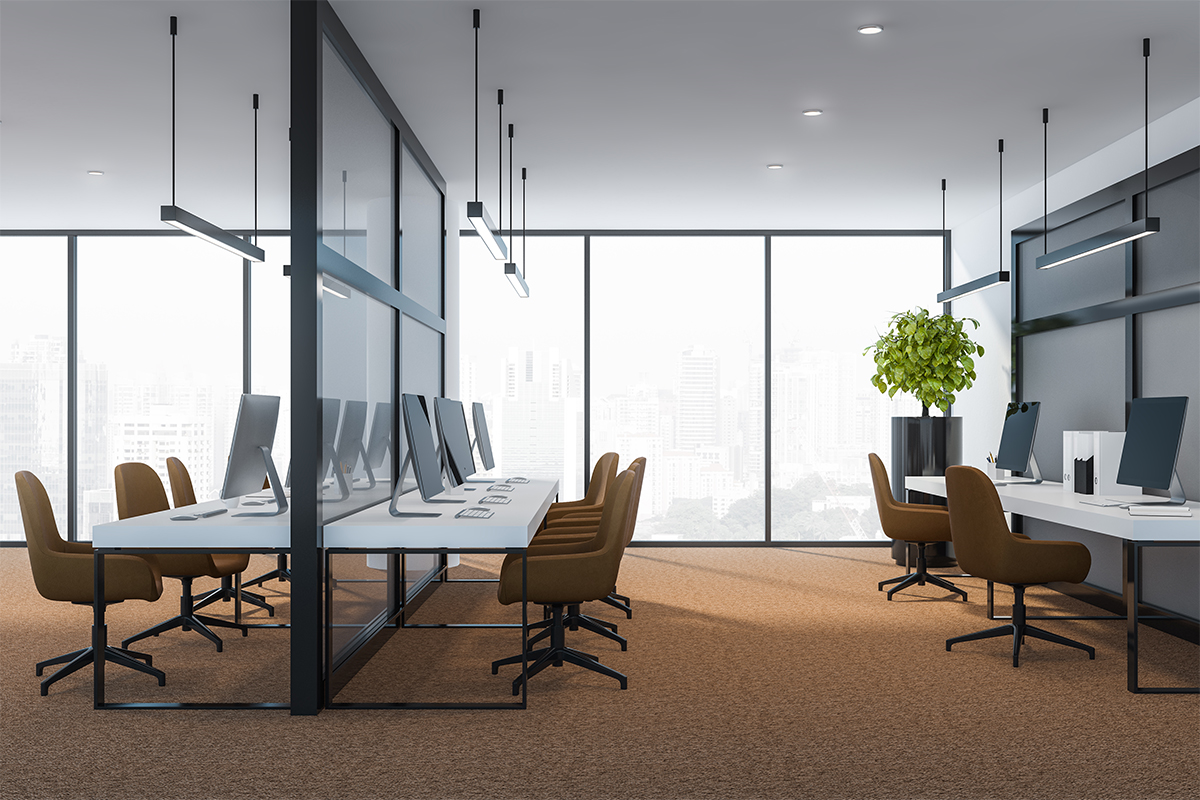
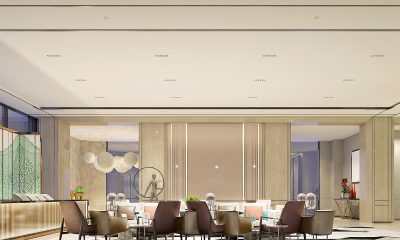
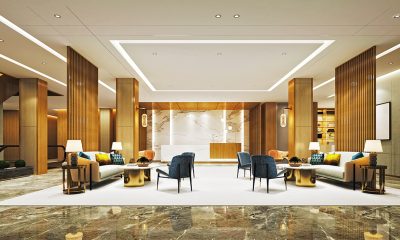


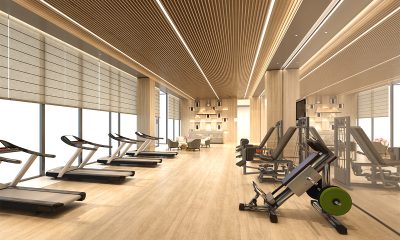
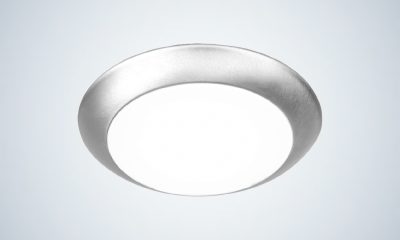
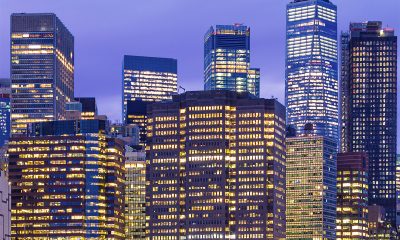
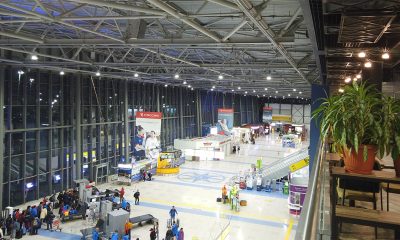

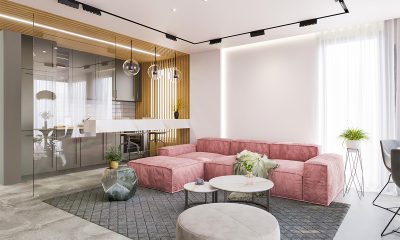
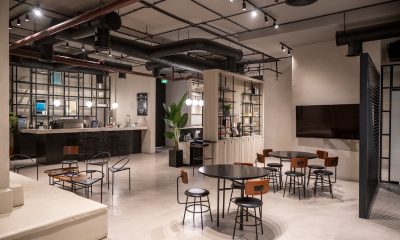
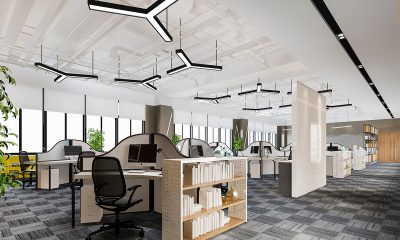





Loading...